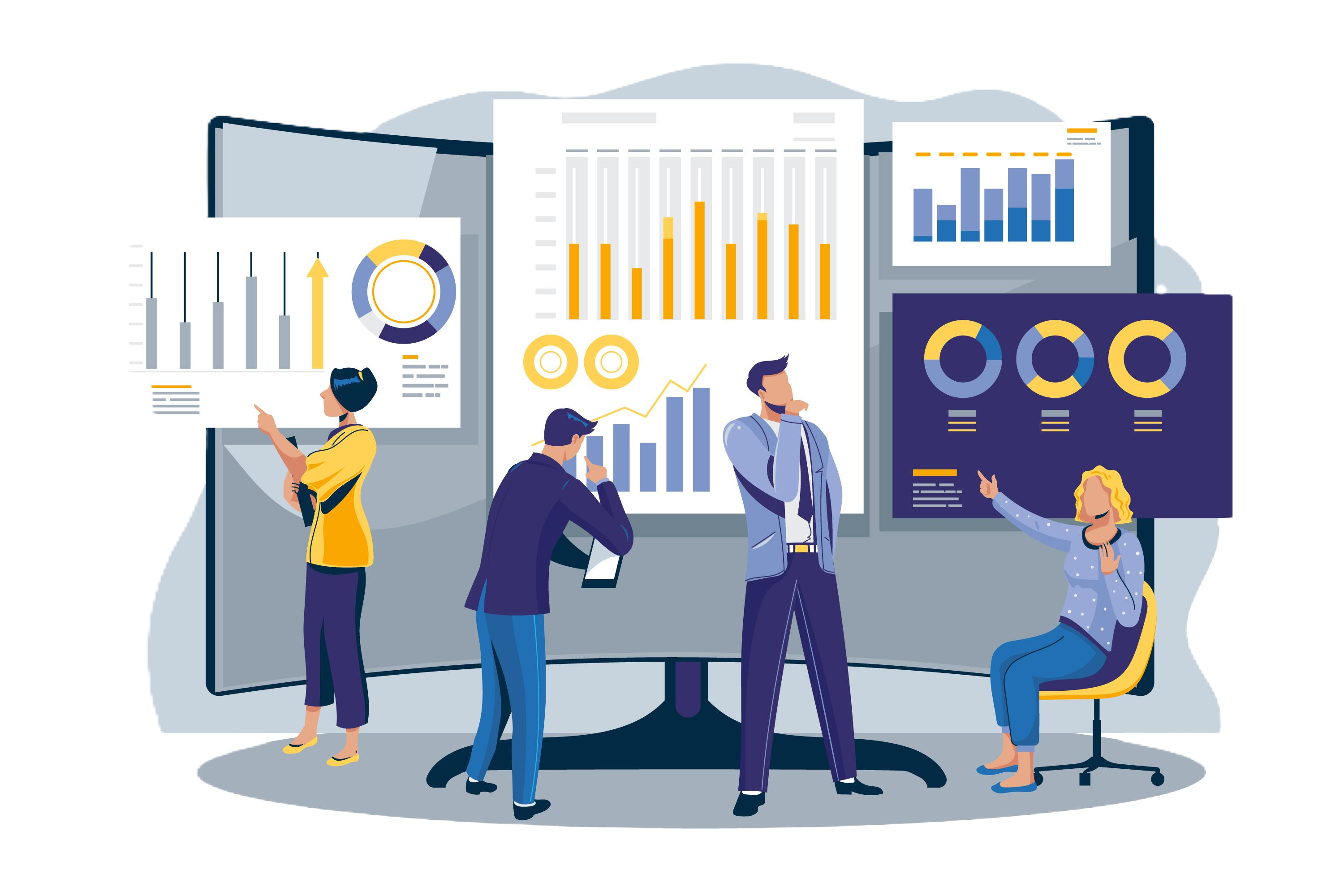CERTIFIED DATA SCIENCE PROGRAM
- Weekdays
- Classroom Sessions
- 3 Months
- Weekdays
- Online Sessions
- 3 Months
In today’s data-driven world, mastering Data Science is the key to unlocking new career opportunities. At Techtroma, we offer the Data Science Certification, a comprehensive program designed to equip professionals and aspiring data enthusiasts with cutting-edge skills.
Why Choose This Certification?
- Industry-Aligned Curriculum – Covers Python, Machine Learning, AI, Deep Learning, SQL, Power BI, and more.
- Hands-On Learning – Real-world projects, case studies, and practical applications.
- Expert-Led Training – Learn from experienced Data Scientists and industry practitioners.
- Certification from Techtroma – A recognized credential that enhances your professional credibility.
- Placement Assistance – Get access to job opportunities in top companies.
Who Can Enroll?
- Fresh Graduates & Students looking to build a career in Data Science
- IT Professionals & Developers transitioning to Data Analytics & AI
- Business Analysts & Managers seeking data-driven decision-making skills
- Entrepreneurs & Startups leveraging data for growth
Course Highlights
- Foundations of Data Science – Statistics, Probability, and Data Handling
- Programming with Python & R – Data Wrangling, Visualization, and Automation
- Machine Learning & AI – Supervised & Unsupervised Learning, Deep Learning, NLP
- Big Data & Cloud – Hadoop, Spark, AWS & Azure for scalable solutions
- Data Visualization & Business Intelligence – Power BI, Tableau, and Data Storytelling
- Capstone Project & Internship – Industry-driven projects to build a strong portfolio

Career Opportunities
After completing this certification, you can explore roles such as:
- Data Scientist
- Data Analyst
- Business Intelligence Analyst
- Machine Learning Engineer
- AI Specialist
Course Curriculum
- What is Data Science?
- Why Data Scientist?
- Cases for Data Science.
- Data Science Classification
- Introduction
- Python Data Types- int, Number, Boolean
- String, Tuple, List, Dictionary & set
- String Operations & Functions.
- Tuple operations & Functions.
- List operations & Functions
- Set operations & Functions.
- Dictionary operation & Functions.
- If-else, elif Statement
- Loops & Break, & Continue Statement.
- Introduction Statistics.
- Data Types.
- Central Tendency.
- Dispersion.
- Basic Statistics Contents.
- Datasets.
- Graph designing.
- Filtering dataset
- Mapping a dataset
- Introduction to Machine Learning.
- Overview of Machine Learning Algorithm.
- Supervised Machine Learning.
- Unsupervised Machine Learning.
- Reinforcement Machine Learning.
- Retrieving data.
- Data Exploration.
- Data Manipulation.
- Data Modelling.
- Data Analysis.
- Introduction to Normal Distribution.
- Overview of Random Variable.
- Overview of Probability.
- Datasets.
- Example of Normal Distribution.
- Introduction NLP.
- Applications of NLP.
- NLP Technology Overview.
- AI/ML of NLP Programming Languages.
- NLP Libraries.
- Examples.
- Introduction.
- How to Retrieving data using Linear Regression.
- Introduction.
- How to Retrieving data using Logistics Regression.
- Datasets and codes.
- Introduction to Hypothesis testing.
- Codes and Examples.
- Overview of K-Means Clustering.
- K-Nearest neighbors.
- Approximate Nearest neighbors.
- Artificial Neural Network.
Data Scientist Project Life Cycle
Phase 1: Problem Understanding & Data Preparation.
This phase focuses on defining business objectives and identifying key performance indicators (KPIs). Data is collected from various sources, cleaned, and preprocessed to ensure consistency. Exploratory Data Analysis (EDA) helps uncover patterns and relationships for model selection.
Phase 2: Model Development & Evaluation.
Machine learning models are selected and trained using a split dataset. Feature engineering and hyperparameter tuning enhance accuracy. Models are evaluated using performance metrics like accuracy, precision, and recall to finalize the best-performing model.
Phase 3: Deployment & Monitoring
The trained model is deployed via APIs, cloud platforms, or containerized solutions. Continuous monitoring ensures performance stability, addressing data drift and retraining when needed. Insights are shared through dashboards for data-driven decision-making.
Certification
Upon successful completion of the training, participants will receive a Course Completion Certificate from Techtroma. This certification validates your skills and knowledge in Data Science, making you industry-ready. Please note that this is not a vendor-specific certification but a recognition of your learning from Techtroma.
